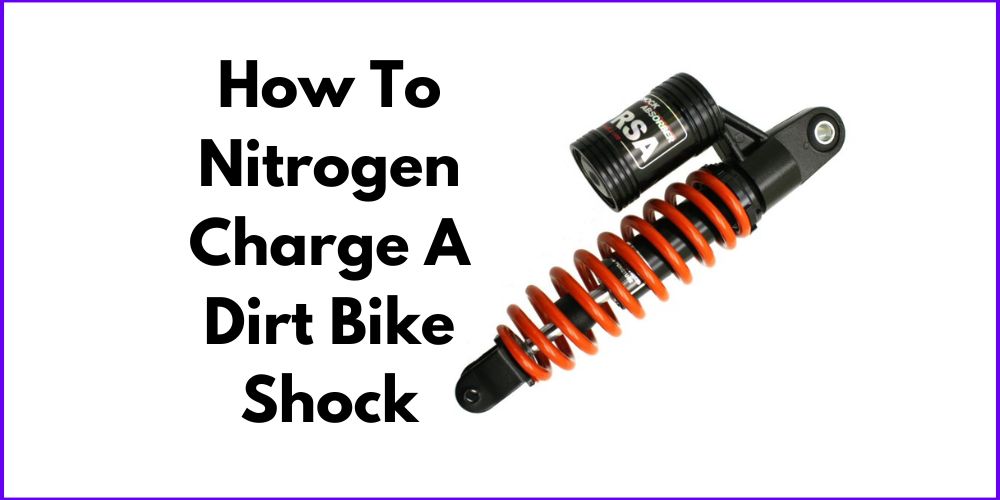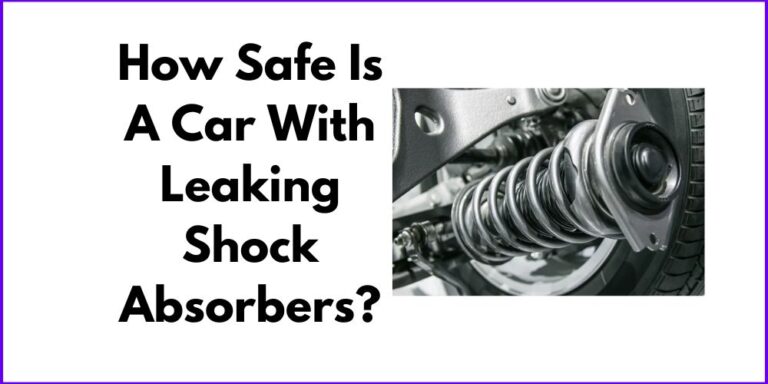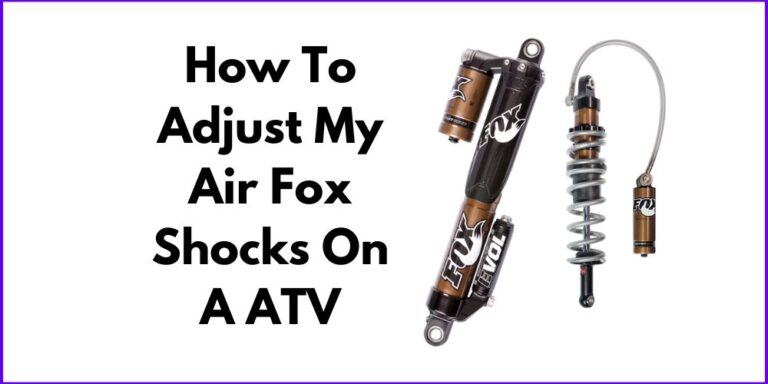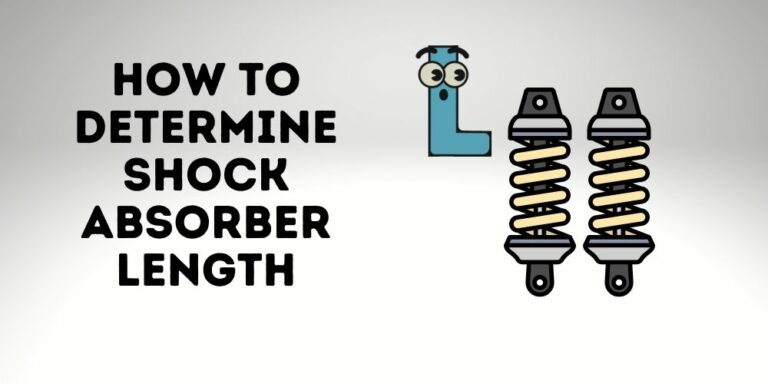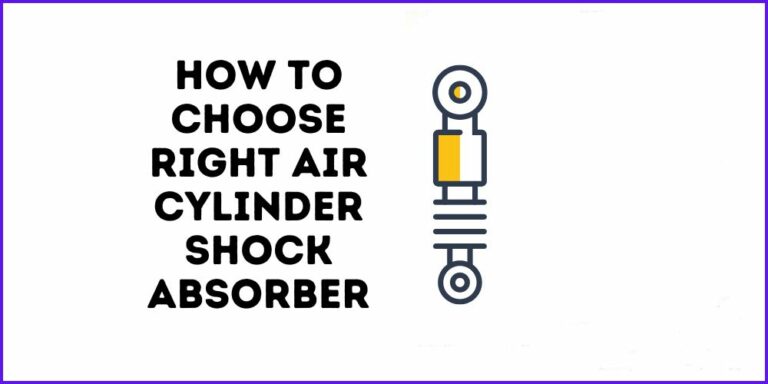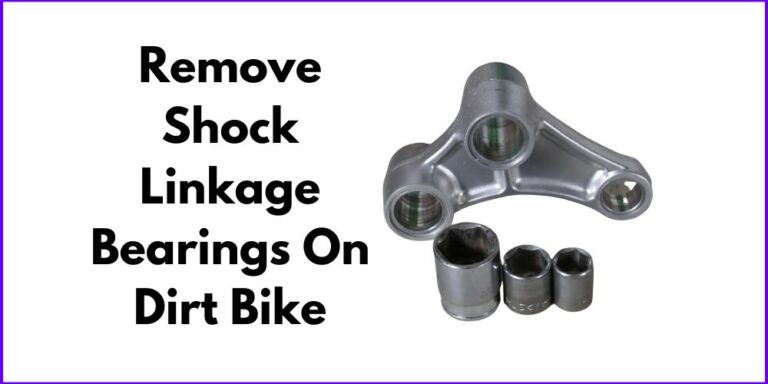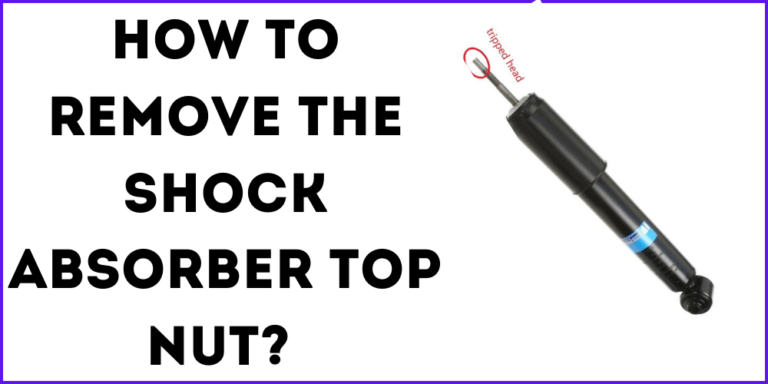When it comes to maximizing the performance and durability of your dirt bike, proper suspension maintenance is key. Nitrogen charging plays a vital role in ensuring optimal performance and control of your bike’s shocks. In this blog post, we will explore how to nitrogen charge a dirt bike shock and the importance of nitrogen in dirt bike shocks and delve into the various options available for filling them with this essential gas.
Additionally, we will emphasize the significance of selecting the right equipment for nitrogen charging to ensure safe and effective results. So, whether you’re a seasoned dirt bike enthusiast or a newbie looking to enhance your riding experience, read on to discover the ins and outs of nitrogen charging for dirt bike shocks.
How To Nitrogen Charge A Dirt Bike Shock
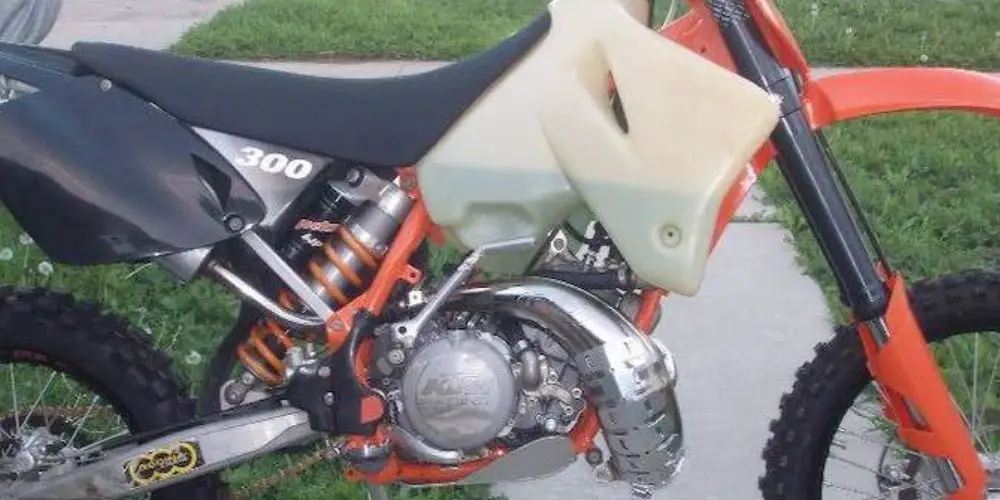
Necessary Equipment:
To nitrogen charge your dirt bike shock effectively, you’ll need essential equipment. Here’s a quick overview:
- Tank and Regulator: Choose a tank with a suitable capacity and pressure rating. Invest in a reliable regulator designed for nitrogen use. Price range: $200 to $250.
- Hoses: Use nitrogen-compatible hoses to connect the tank and regulator to your shock. Ensure they are durable and free from leaks.
- Shock Bleeder Kit: Obtain a kit that includes hoses and necessary tools for bleeding and charging your shock. Look for one explicitly compatible with nitrogen.
By acquiring the right tank, regulator, hoses, and shock bleeder kit, you’ll have the necessary equipment to successfully nitrogen charge your dirt bike shock. In the next section, we’ll explore different options for filling shocks with nitrogen, providing you with a comprehensive understanding of the process.
1. Using a Bladder Kit to Nitrogen Charge a Dirt Bike Shock
One of the crucial aspects of maintaining a dirt bike’s performance is ensuring proper suspension setup, and nitrogen charging plays a significant role in achieving optimal shock performance. One popular method for nitrogen charging is by using a bladder kit. Here’s a step-by-step guide on how to nitrogen charge a dirt bike shock using a bladder kit:
- Shock Fitted with a Racetec Bladder Kit: A shock fitted with a racetec bladder kit features a bladder that separates the nitrogen from the shock oil. This separation ensures consistent damping characteristics and prevents the mixing of nitrogen and oil.
- Installing the Bladder and Ensuring Proper Placement: To install the bladder, carefully insert it into the shock body, ensuring it sits securely in place. Some bladder kits include a c-clip to help hold the bladder in position. Proper placement of the bladder is crucial for effective separation of nitrogen and oil.
- The Racetech Tool for Nitrogen Charging and Its Features: For nitrogen charging, a racetech tool with a schrader valve is commonly used. This tool allows you to connect the nitrogen tank to the shock and regulate the pressure. The racetech tool also includes a gauge and an on/off valve, providing precise control over the nitrogen charging process.
- Alternative Low-Cost Options for Nitrogen Charging Using a Tire Tool: If you’re on a budget or looking for a more affordable option, a tire tool with a schrader valve can serve as an alternative for nitrogen charging. These tire tools are readily available and relatively inexpensive. Simply connect the nitrogen tank to the tire tool’s valve, ensuring a secure connection, and proceed with the nitrogen charging process.
By following these steps and using either a bladder kit or a low-cost tire tool, you can effectively nitrogen charge your dirt bike shock. Proper nitrogen charging ensures optimal performance, control, and durability of your dirt bike’s suspension system, leading to an enhanced riding experience on various terrains.
Option 2: Stock Reservoir with a Piston
When it comes to nitrogen charging a dirt bike shock, another option is to work with a stock reservoir that utilizes a piston. Here’s a breakdown of this option:
- Structure of a Stock Reservoir with a Piston: A stock reservoir with a piston consists of a plastic piece with an O-ring that acts as a movable barrier inside the reservoir. As the shock shaft moves in and out, the piston displaces the shock oil, allowing for proper shock performance.
- Special Tool Required for Charging the Shock with Nitrogen: To charge a shock with nitrogen using this option, you will need a race tech tool designed specifically for this purpose. The tool clamps onto the bottom of the shock and includes a schrader valve, allowing you to connect the nitrogen tank and regulate the pressure during the charging process.
Step-by-Step Procedure, Using the Race Tech Tool and the Stock Bolt
Here’s a simple guide on how to nitrogen charge a dirt bike shock using the race tech tool and the stock bolt:
- Begin by clamping the race tech tool onto the bottom of the shock, ensuring a secure fit.
- With the tool in place, use it to remove the stock bolt from the shock. This helps maintain the seal and prevent nitrogen leaks.
- Connect the nitrogen tank to the schrader valve on the race tech tool, making sure the connection is tight and secure.
- Gradually open the nitrogen tank valve, allowing nitrogen to flow into the shock. Monitor the pressure using the gauge on the race tech tool.
- Once the desired pressure is reached, close the nitrogen tank valve and remove the race tech tool from the shock.
- Finally, use the tool to reinstall the stock bolt, ensuring it is tightened securely.
By following these steps and using the race tech tool and stock bolt, you can effectively charge your dirt bike shock with nitrogen. This option allows for precise control over the nitrogen pressure, ensuring optimal suspension performance and a smoother riding experience.
Option 3: Modified Stock Reservoir with a Schrader Valve
- Modify the stock WP reservoir by drilling and tapping it to accommodate a Schrader valve for nitrogen charging.
- Carefully remove the reservoir, clean it, drill a hole, tap it, and install the Schrader valve.
- Challenges may arise during reservoir removal, but applying heat and using the right tools can help.
Option 4: Racetech Bolts with Rubber Inserts
- Replace the stock bolt in the shock with racetech bolts that have rubber inserts for nitrogen charging.
- Use a wrench or socket to securely tighten the racetech bolt.
- Combine the racetech bolt with a needle setup and a racetech tool for controlled nitrogen injection.
FAQs about Nitrogen Charging Dirt Bike Shocks
Can I fill my shock with air instead of nitrogen?
No, it is not recommended to fill your shock with regular air instead of nitrogen. Using air can potentially cause damage to the shock and affect its performance compared to nitrogen. Air contains moisture, which can lead to corrosion inside the shock over time. Additionally, air expands with heat, altering the shock’s handling characteristics. Nitrogen, on the other hand, does not have these issues, making it the preferred choice for optimum shock performance and durability.
How do nitrogen charged shocks work?
Nitrogen charged shocks utilize a floating piston to separate the nitrogen chamber from the oil chamber. As the shock shaft compresses into the shock body, the pressure from this compression displaces volume, causing the floating piston to move. The nitrogen chamber compresses initially and, as pressure builds up, it prevents excessive movement of the floating piston, resulting in smooth and controlled damping action.
Are nitrogen shocks better?
Nitrogen shocks, filled with pressurized nitrogen gas, offer superior performance compared to hydro shocks. The increased performance comes at a cost, as the ride may not be as smooth as with a hydro shock due to the pressurized nitrogen. However, the enhanced performance of nitrogen shocks makes them highly desirable for riders seeking optimal suspension control and responsiveness.
How much pressure is in a nitrogen shock?
Normal nitrogen shock charges typically range from 130 to 145 psi. It’s essential to adhere to the manufacturer’s recommended pressure range for your specific shock to ensure proper performance and safety.
Final Thoughts
Nitrogen charging is essential for maintaining optimal performance in dirt bike shocks. We explored different options, including bladder kits, stock reservoirs with a piston, modified reservoirs with a schrader valve, and racetech bolts with rubber inserts. Starting with a suitable option, like racetech bolts, allows for cost-effective nitrogen charging. Upgrading is possible as needs evolve. Follow manufacturer guidelines and seek professional assistance when needed. Enjoy your rides with enhanced shock performance and stay safe on the trails!

